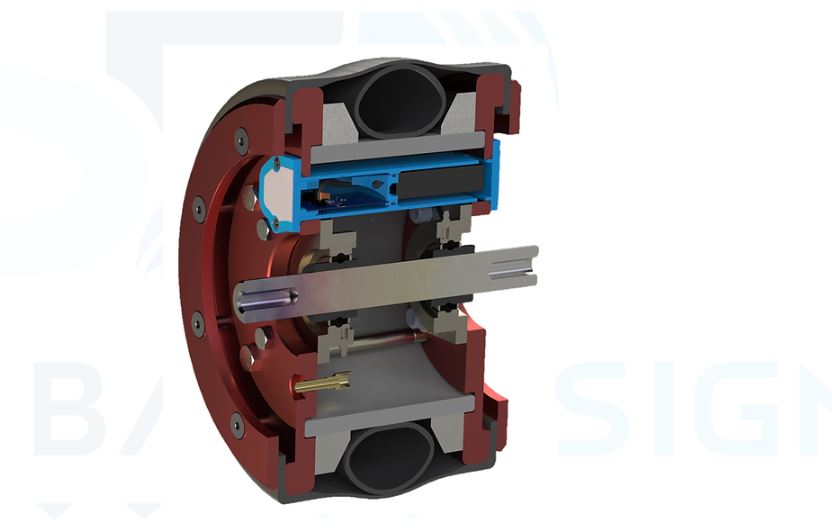From napkin to prototypes, CAD models, drawings, short runs, testing, animations and renderings… all the way to the production line; we help people at every step along their hardware PRODUCT DEVELOPMENT journey. This can include the planning process for underscoring engineering requirements and objectives, technical market research, sketching, conceptualizing and early stage mockups and prototypes. Concepts are developed further through early-stage CAD models to narrow in on the first solution for testing. Design continues through CAD models with increasing fidelity while engineering, simulation and analysis to virtually test products is completed in parallel. Finally, product testing and verification, testing jigs and assembly fixtures, design for manufacture and manufacturing support complete the cycle. Throughout this process, we work more as a partner than a consultant and we operate with complete honesty and transparency at all times.
I have an idea, where do I start?
An intense passion for wanting to solve a certain problem is absolutely required if you’re going to stick around long enough to solve a major pain point for others. We LOVE this passion however it can often mask a question that can be hard to stomach, which is this: are you actually building something that people want and need? Answering this question early is equally difficult and important – who wants to spend months or years (or decades!) building something that will never make it to market? Not us! Is it SO much better than what is currently available that people will use it enough to warrant building it? Or maybe a better question is this: how are people currently solving the problem and what would motivate them to change their current ways? Change means friction. Humans do their best to avoid frition. You need a strong, compelling, 10X reason for change. Depending on how much time has been invested, these can be touchy questions. We believe in answering them early and honestly. We can help with these early discussions because we have faced them many times ourselves. While we are most certainly not business analysts, we can help face these hard questions early and eagerly as it applies to technology adoption!
If you’re just starting out with an idea and you want to put your emotions aside and test whether it has real-world applicability, I strongly suggest buying and implementing Running Lean by Ash Maurya.
Timing, Team, Feasibility, Strategy
It’s easy to think that your idea is the most important thing. Over and over, after seeing strong teams with mediocre ideas succeed and ground-breaking ideas with poor execution fail, it seems that the idea itself is just one piece of the puzzle.
“I believe starting a company is like jumping off a cliff and assembling a plane on the way down — your willingness to jump is your most valuable asset as an entrepreneur.”
– Reid Hoffman, co-Founder of LinkedIn
Timing is possibly the single most important factor that will determine your success. However, it’s nearly impossible to adjust. Just try to get a feel for whether the world is ready for what you’re building.
Team is everything. If you pick the wrong team, everything else is more difficult moving forward, especially fundraising. But then again, solo founders tend to struggle; their success rates are lower and they have a harder time raising money. So, what do you do? Learn about how to find the best co-founders. Study this like any other subject. Make sure that the first few people at the company are jack-of-all-trade type people. They need to be resilient and impactful in many different areas. They also need to be easy to get along with, as hard decisions will present themselves moving forward. Once you have found great co-founders, the next big question is how to split up the company, who gets what? This is a decent place to start learning more about equity. To calculate fair percentage breakdowns, search for ‘co-founder equity calculators’, there are many good ones and they will serve as a starting place. This is something that is ideally done as a group.
Answer the feasibility question for both market and product, and in that order. The classic inventor spends months or years perfecting a product and then realizes they’ve solved a problem that simply doesn’t matter to others. Talk to others in the field early and often, especially before committing your time and money to solving a problem. Seek others who do not know you and who don’t care about hurting your feelings. In fact, tell them to be blunt.
The majority of startups begin with no strategy. Months and sometimes years go by with only a rough outline of what they hope to do. We’ve found that the go-it-alone strategy gets you in trouble here. Find a senior startup person, preferreabbly with a nice bit of grey hair (or no hair at all) and spend the time required to plan out what you want to accomplish. Better yet, find two people with grey hair and get them together to help with planning.

